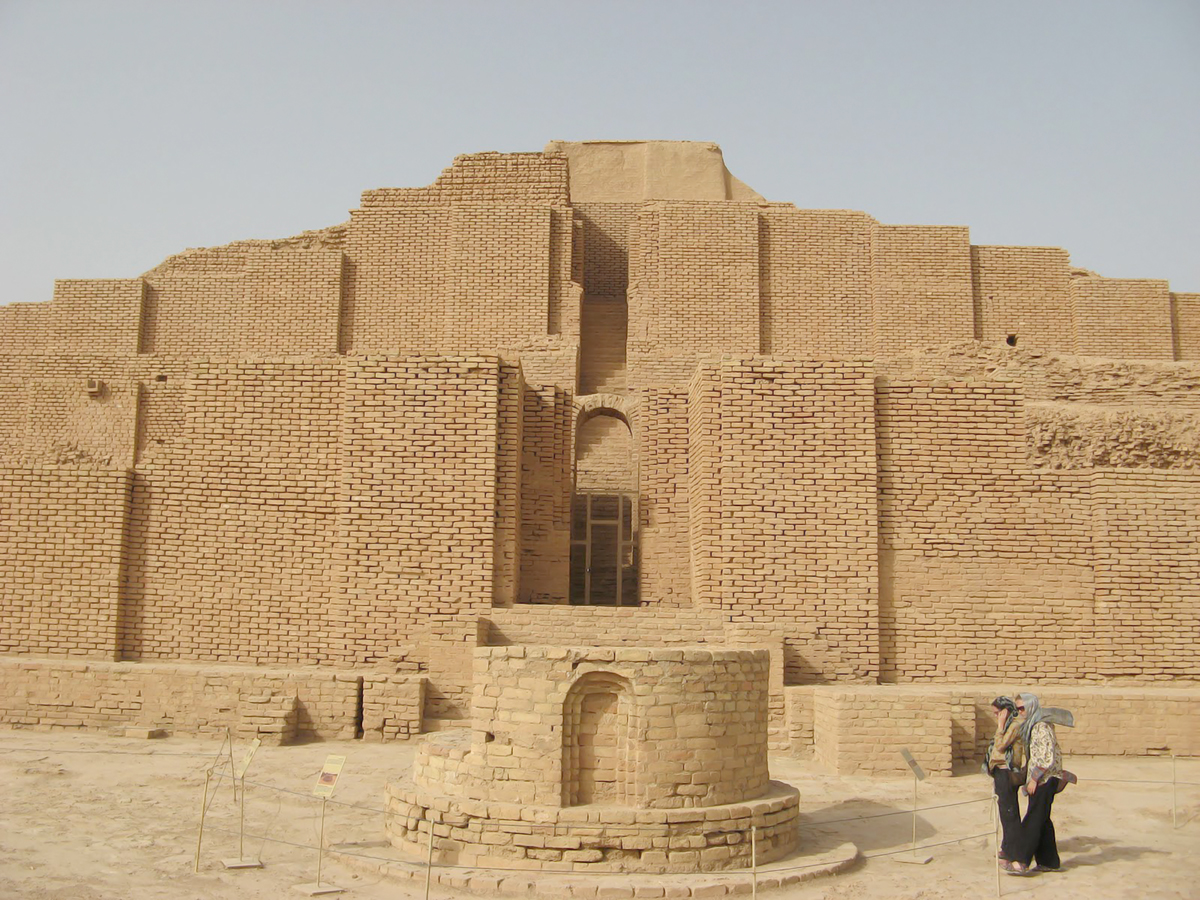By Interaction Team
Mesopotamia, etymologically derived from the ancient words “meso” signifying between or in the middle of, and “potamos” meaning river, designates the region nestled between the Tigris and Euphrates rivers. This historical expanse, encompassed by the Zagros Mountains in the northeast and the Arabian Plateau in the southeast, corresponds to present-day Iraq, extending into parts of Iran, Syria, Kuwait, and Turkey.
Recognized as ‘Al-Jazirah’ (the island) by the Arabs due to its fertile landscape surrounded by water, Mesopotamia holds a prominent place in the eastern Mediterranean, commonly acknowledged as the Fertile Crescent and revered as the cradle of civilization. Coined by Egyptologist J.H. Breasted in 1916, the term “Fertile Crescent” describes the region positioned at the north end of the Persian Gulf, often linked with the biblical Garden of Eden.
Mesopotamia boasts a rich historical tapestry, serving as the home to diverse civilizations over millennia, each contributing significantly to global culture and progress. In this land between two rivers, numerous fundamental aspects of contemporary daily life, now taken for granted, trace their origins. Pivotal developments such as writing, the wheel, a code of laws, the sail, and the concept of the 24-hour day, beer brewing, civil rights, and crop irrigation all found their roots in Mesopotamia. The great civilizations that flourished in this fertile expanse laid the groundwork for advancements that have indelibly shaped the trajectory of human history.
Historical development
Mesopotamia boasts a history that spans several millennia, with its roots dating back to the Neolithic era (70001700 BCE, the New Stone Age characterized by the beginning of a settled human lifestyle). The region witnessed the emergence of some of the world’s earliest city-states and complex societies.
Over the centuries, Mesopotamia experienced the rise and fall of various empires and dynasties, including the Akkadian Empire (2334-2218 BCE), the Babylonian Empire (18941595 BCE), and the Assyrian Empire (14th-7th century BC). Each of these powers left an indelible mark on the cultural, political, and architectural landscape of the region. The city of Babylon, with its iconic Hanging Gardens, became a symbol of Mesopotamian grandeur and engineering prowess.
Distinctive features:
Several factors contribute to Mesopotamia’s distinction as the cradle of civilization:
1. Agricultural Innovation: Mesopotamians were early adopters of agriculture, developing sophisticated irrigation systems to harness the fertile soil along the riverbanks. This innovation allowed for surplus food production, supporting the growth of urban centers.
2. Writing System: The invention of cuneiform writing in Sumer (a civilization in the historical region of southern Mesopotamia) marked the birth of recorded history. This system of wedge-shaped symbols on clay tablets enabled the Mesopotamians to document laws, literature, and administrative records, providing insights into their daily lives. Historian Samuel Noah Kramer, in his seminal work “History Begins at Sumer,” provides a comprehensive exploration of Sumerian achievements, examining their contributions to literature, science, and governance and the creation of a sophisticated system of mathematics.
3. Legal and Social Systems: The Code of Ur-Nammu (the first known legal code) and the more famous Code of Hammurabi are among the earliest known legal codes, offering a glimpse into Mesopotamian social and legal structures. These codes emphasized justice, punishment, and social hierarchy.
4. Religious Beliefs: Mesopotamians were polytheistic, worshiping a pantheon of gods and goddesses. Temples, known as ziggurats, were erected to honor these deities. The Epic of Gilgamesh, an ancient Mesopotamian literary work, explores themes of mortality, friendship, and the quest for immortality.
5. Technological Advancements: Mesopotamians excelled in various technological innovations, including the development of the wheel, the potter’s wheel, and advancements in metalworking and astronomy.
Decline of the Mesopotamian civilization:
The decline of Mesopotamian civilization was a multifaceted process marked by a series of interconnected factors. The region faced challenges such as environmental degradation, including soil salinity from extensive irrigation, and recurring droughts that strained agricultural productivity. Additionally, the Achaemenid Persian Empire’s conquest of Mesopotamia in 539 BCE marked a turning point.
While the Persians brought a degree of stability to the region, the subsequent conquests of Alexander the Great in the 4th century BCE marked the final blow. The Hellenistic influence (a period after Classical Greece, between the death of Alexander the Great in 323 BC and the death of Cleopatra VII (30 BC)) altered the cultural landscape, and Mesopotamia gradually faded into the broader tapestry of the expanding Greek and Roman civilizations.
Conclusion:
Mesopotamia, with its strategic location, fertile land, and innovative civilization, stands as a cornerstone in the mosaic of human history. The legacy of this ancient cradle of civilization endures through its contributions. As we reflect on the achievements of Mesopotamia, we gain a deeper understanding of the foundations upon which subsequent civilizations built their own unique cultures and institutions.


